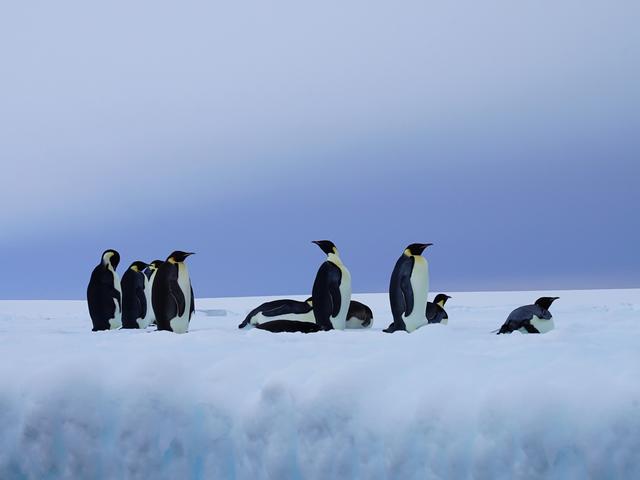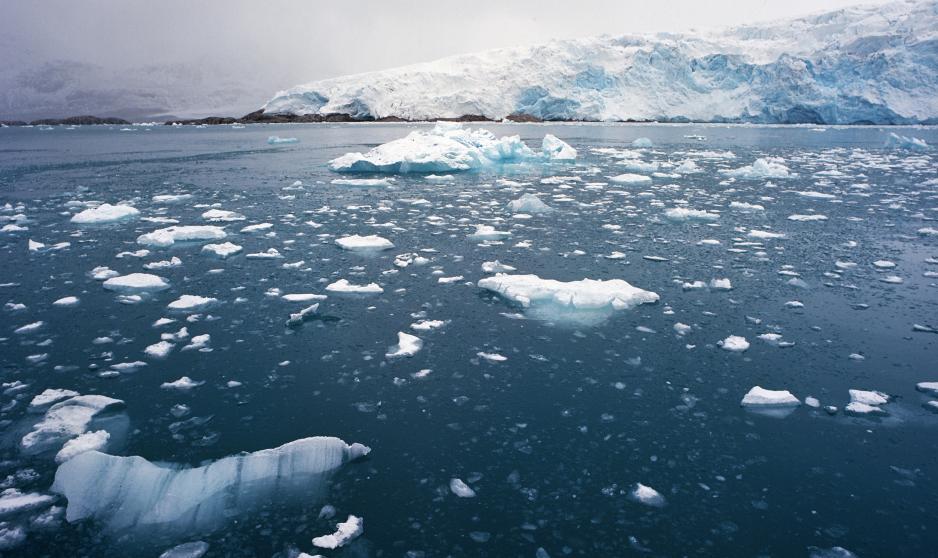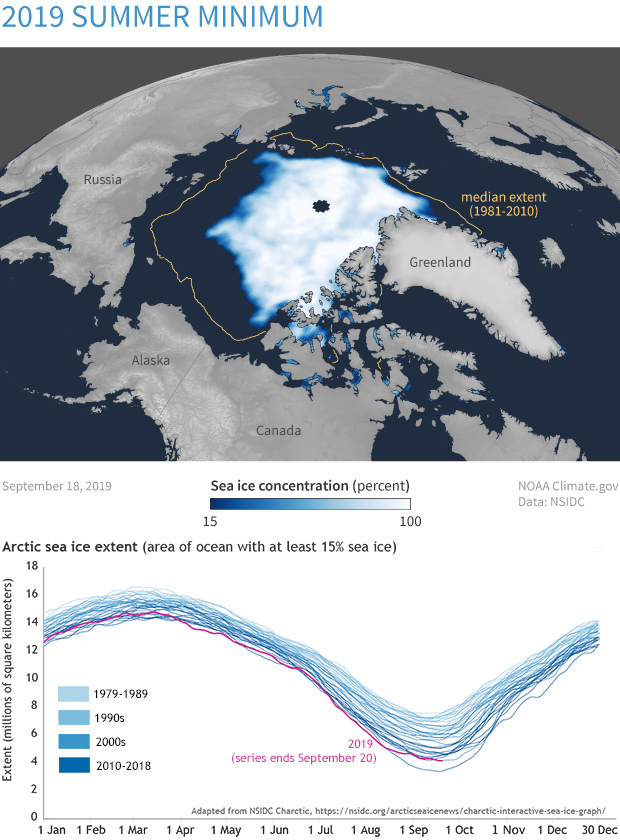Analyzing change at glacial speed Major rivers like the Ganges the Indus and the Yangtze stem from the Himalayas and are fed by meltwater. Thats leading to continued melting of glaciers in the Arctic and around the world.
 Why Are Glaciers And Sea Ice Melting Pages Wwf
Why Are Glaciers And Sea Ice Melting Pages Wwf
But as the ice diminishes the runoff will wane.

Effects of melting glaciers. Forty-six gigatons of ice from Alaskan glaciers was lost on average each year from 2003 to 2010. Chemicals that are no longer in use could resurface as the glaciers melt. The glaciers will initially provide extra runoff from melting.
From the Arctic to Peru from Switzerland to the equatorial glaciers of Man Jaya in Indonesia massive ice fields monstrous glaciers and sea ice are disappearing fast. Effects on the Environment Humans and Biodiversity March 3 2020 21 Recently the temperature in the Arctic appears to have hit a new continental high close to 70 degrees. The worst part is that it is not possible to stop the fast melting of the glaciers due to.
For example the melting of glaciers will affect drinking supplies of the millions who rely on meltwater rivers. DDT that was used back in the 1950s has been deposited in these glaciers and locked in the ice he says. Less fresh water The disappearance of glaciers also means less water for consumption by the population a lower hydroelectric energy generation capacity and less water available for irrigation.
As glaciers shrink and oceans warm global sea levels rise. Also because revegetation of terrain is slower at high altitudes deglaciated areas will be subject to erosion and decreased stability heightening the need to protect buildings roads communication links and other structures. In certain places across the world small ice glaciers have vanished exposing the Earth below.
Check out the effects of melting glaciers on coastal areas. The satellite era beginning in the 1970s has given us a picture of accelerating ice changes in places like Alaska Greenland and Antarctica where the loss of land-based ice is contributing to global sea level rise. In addition when sea levels rise people living close to sea level will have their homes flooded.
Temperatures across the globe have gone upward helping the cause of ice glaciers melting faster than required. The warming climates effect on glaciers is well documented through the recreation of historic photos field measurements and interpretation of remotely sensed imagery. In addition to that when glaciers melt they will.
When temperatures rise and. The less ice there is the less water there is for human use whether its for drinking hydroelectric generation or irrigation. As glaciers and the giant ice sheets on Greenland and Antarctica melt they add more water into the ocean which causes sea level to rise.
Melting glaciers have several different effects. The negative effects of global warming have caused sea levels to rise. Glacial melting will also cause the extinction of numerous species as glaciers are the natural habitat of a number of animals both terrestrial and aquatic.
The biggest and most notable impact of these glaciers melting is in the rise of sea level. Ice glaciers are able to deflect almost 80 heat of the sun absorbing approximately 20 heat. What are the effects of melting glaciers on sea level rise.
Sea-level rise is caused by thermal expansion of the oceans melting of glaciers and ice caps melting of the Greenland and Antarctic ice sheets and changes in terrestrial storageImpacts of Global Warming. Effects of Melting Ice Glaciers Global Warming. This is a pressing concern for much of Canadas coastline.
Tracking the retreat of the regions glaciers will help shed light on how extensive the melting is likely to be and will. Melting glaciers have many effects. They are often so large that atmospheric perspectivethe effect where objects appear to merge into their backgrounds over large distancesdistorts our abilities to accurately assess distances.
Louis described an example of one of the effects of glacial melt on water chemistry. Each continent is experiencing the adverse effects of quickly melting ice glaciers such as flooding and other glacier-related disasters which require huge intervention financial capital to mitigate. Melting glaciers add to rising sea levels which in turn increases coastal erosion and elevates storm surge as warming air and ocean temperatures create more frequent and intense coastal storms like hurricanes and typhoons.
Glaciers are a key component of the hydrologic system and as the glacial volumes and discharge change so too will stream dynamics and sedimentation characteristics. Glaciers are a crucial element of the worlds ecosystem. For example the melting of glaciers in the Himalayas will affect the drinking supplies of the millions of people who rely on meltwater rivers.

